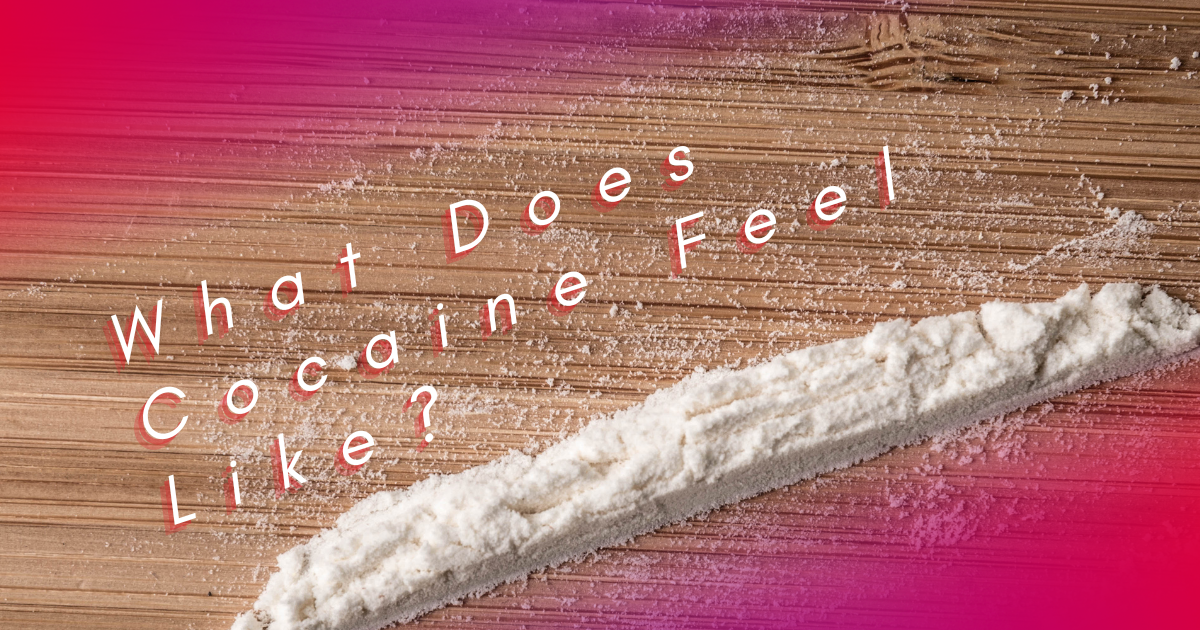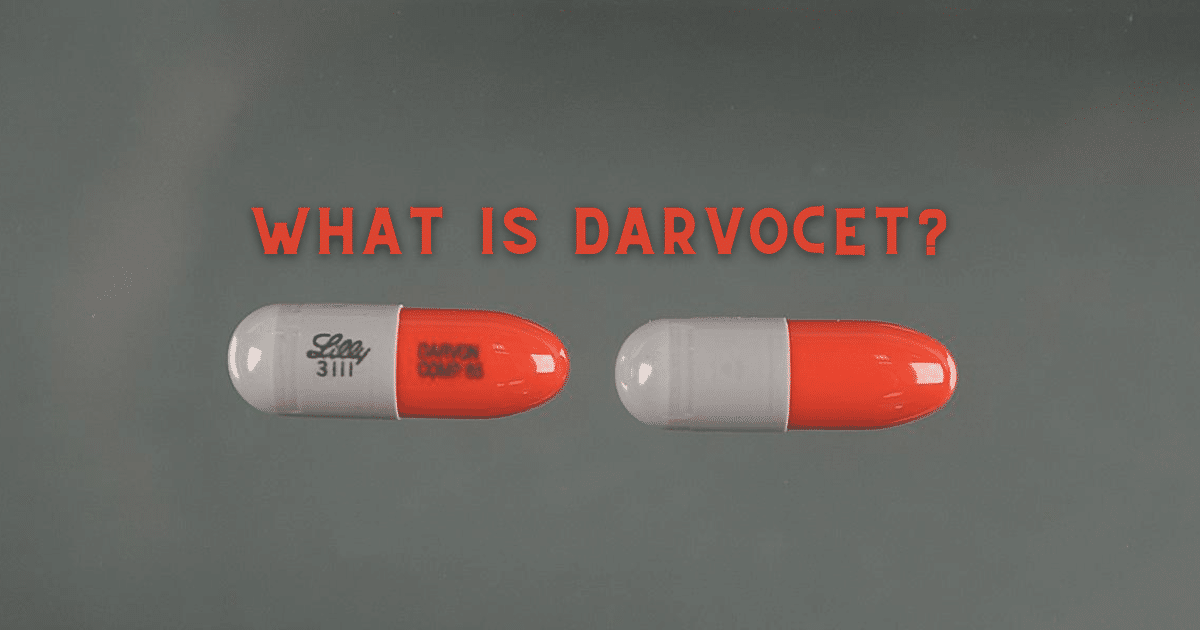Endo International PLC is a U.S.-founded pharmaceutical company headquartered in Ireland since 2014. Over 93% of its sales, however, were still within the U.S. healthcare system during 2017. Endo is one of many drug makers to get slapped with lawsuits over the opioid epidemic. They were, in fact, inundated with 3,100 opioid lawsuits. The company succumbed to billions in debt and filed for bankruptcy protection in August 2022. In particular, Endo’s generic and specialty-branded, opioid pain killers were targeted at Knoxville, Tenn. acutely. The Philadelphia Inquirer now reports that this targeting may be the origin of Knoxville’s opioid crisis.
Tennessee Opioid Crisis Damages Attributed to Endo
Knoxville’s population of 190,000 pales in comparison to Chicago’s 2.7 million, Los Angeles’s 3.8 million or New York’s 8.8 million. However, there were about 1 million more Opana ER tablets (an Endo-produced medication) sold in Knoxville from 2007 to 2014 than were sold in those three cities combined. Opana ER is the brand name for the opioid oxymorphone hydrochloride. Endo proposed that the medication was resistant to physical and chemical manipulation for abuse, but the Food and Drug Administation (FDA) determined it could be abused.
were about 1 million more Opana ER tablets (an Endo-produced medication) sold in Knoxville from 2007 to 2014 than were sold in those three cities combined. Opana ER is the brand name for the opioid oxymorphone hydrochloride. Endo proposed that the medication was resistant to physical and chemical manipulation for abuse, but the Food and Drug Administation (FDA) determined it could be abused.
Endo took Opana off the market in 2017 in compliance with the FDA, because the benefits of the medication no longer outweighed the risks for abuse. Court documents show Endo claiming Opana accounted for less than 1% of the opioid market. Even if that’s true, this deliberately looks past the fact that Endo obviously flooded the Tennessee market.
It’s also worth noting that Endo manufactured 297 million opioid pills from 2006 to 2012. That accounted for only about 0.4% of the nation’s 76 billion pills produced in the opioid segment during that time period. Endo sold unbranded, generic opioids through a subsidiary, too.
The Victims
“Endo likely inflicted more harm on Tennessee than any other state,” said Attorney General Herbert H. Slatery III during a 2019 lawsuit session. He added that Endo “is substantially responsible for the opioid epidemic in Tennessee.”
Opana’s most addictive ingredient, oxymorphone, placed among the top five drugs most commonly correlated with drug-related deaths in 2010 according to the Knox County Regional Forensic Center’s data. The other top-five killers included Alprazolam, Methadone, Morphine, Oxycodone and OxyContin. In 2011, Oxymorphone shot up to second place on that same list, a position it later held again in 2014-2016.
Jessica Akhrass, 42, lost her brother, Addison Sharp to an overdose of oxymorphone by way of Opana. Sharp was a University of Tennessee-Knoxville student who also previously captained his high school bowling team. Akhrass sees her brother’s death as exactly the kind of consequence for which Endo and other big-pharma companies should be held responsible. He passed away in 2012, five years before Endo took Opana off the market.
Endo’s Survival Tactics
When Akhrass heard CEO Blaise Coleman and three other Endo execs got a collective $55.5 million in bonuses intended to be used to sustain the firm after bankruptcy, she was offended.
“They should get nothing. Filing for bankruptcy should be like they are bankrupt. I think all that money should go to rehab and prevention and the victims who they harmed,” Akhrass said. “We were like ‘Opana? What is that?’”
A spokesperson for the company told The Philadelphia Inquirer in a statement that these bonuses were vital tools for establishing the continuity of Endo’s business during the process of filing for bankruptcy protection. The bonuses were apparently contingent upon the recipients’ continued employment with Endo for a number of years.
Why Opana Became So Successful amid Opioid Crisis
Florida used to be the regulatory haven for opioid dispensaries and unscrupulous doctors. An administrative law judge once referred to Florida as “the pill capital of the world,” but the state tightened regulations in 2010 and 2011, which led many of those opioid dispensary clinics to relocate to Tennessee, which offered tax incentives.
Knoxville was the optimal city for the Opana confluence to develop as a result. It’s a city that forms the major nexus of Interstates 40 and 75. These highways converge in Knoxville, which makes the city a day’s ride from tens of millions of people and a convenient locale for drug users and pain clinics alike.
At the same time, big-pharma giant Purdue Pharma had just reformulated OxyContin to make it harder to abuse. This actually left a void to fill for drug users. Opana was one of several drugs that dove in to fill that void. Additionally, Opana was what Knoxville called “the holy trinity” according to David Rausch, the former Knoxville police chief who now leads the Tennessee Bureau of Investigation. It was a cocktail of Alprazolam, Soma and Opana itself. Opana prescriptions became a combo-medication of all three.
Help
This is why Landmark Recovery of Knoxville exists. We also offer office-based opioid treatment. Aside from rampant sale and use of illicit drugs, the pharmaceutical industry has preyed upon those in need of relief for years. Regardless of how substance abuse comes about, admitting you need help could save your life. Dependency is a road to overdose. As your tolerance keeps increasing, it pushes your habit to dangerous of levels of use, which makes overdose more and more likely.
If you or someone you know has a problem, visit Landmark Recovery of Knoxville or call 865.484.4658.

Choose Recovery Over Addiction
We're here 24/7 to help you get the care you need to live life on your terms, without drugs or alcohol. Talk to our recovery specialists today and learn about our integrated treatment programs.




